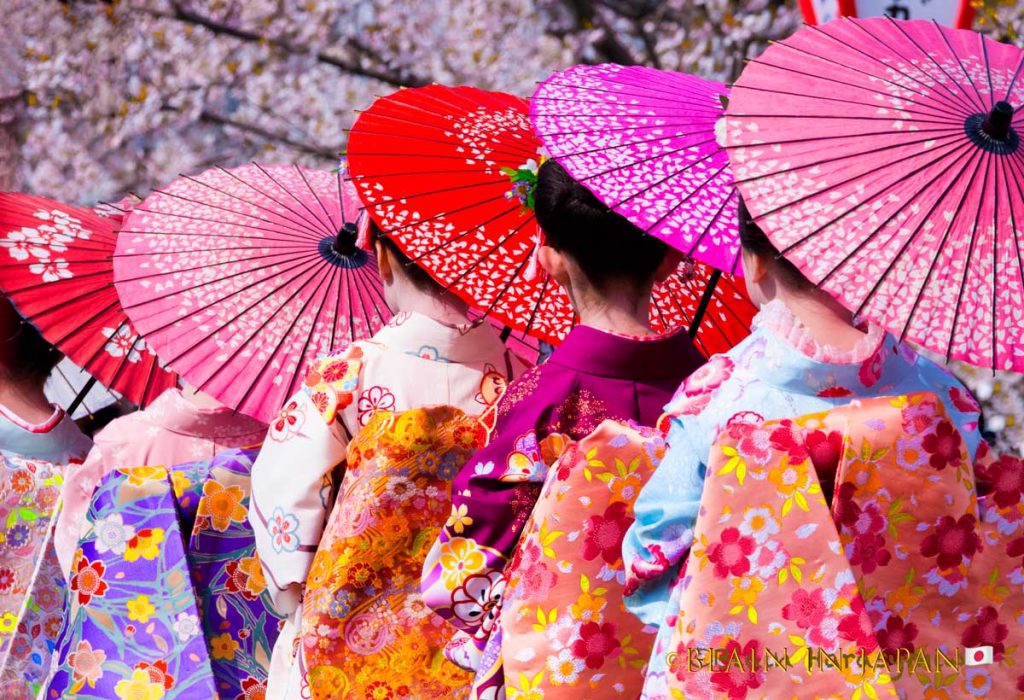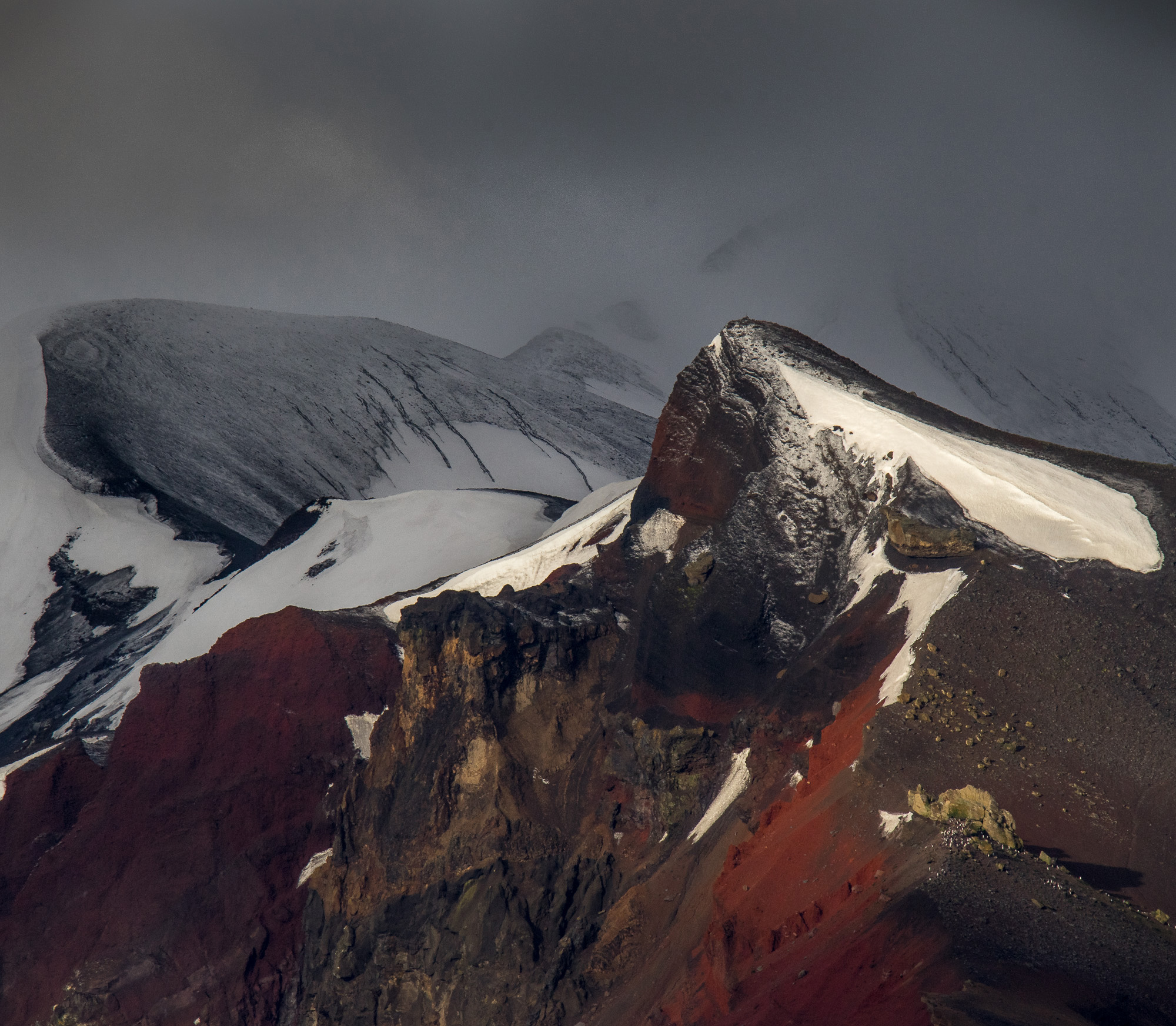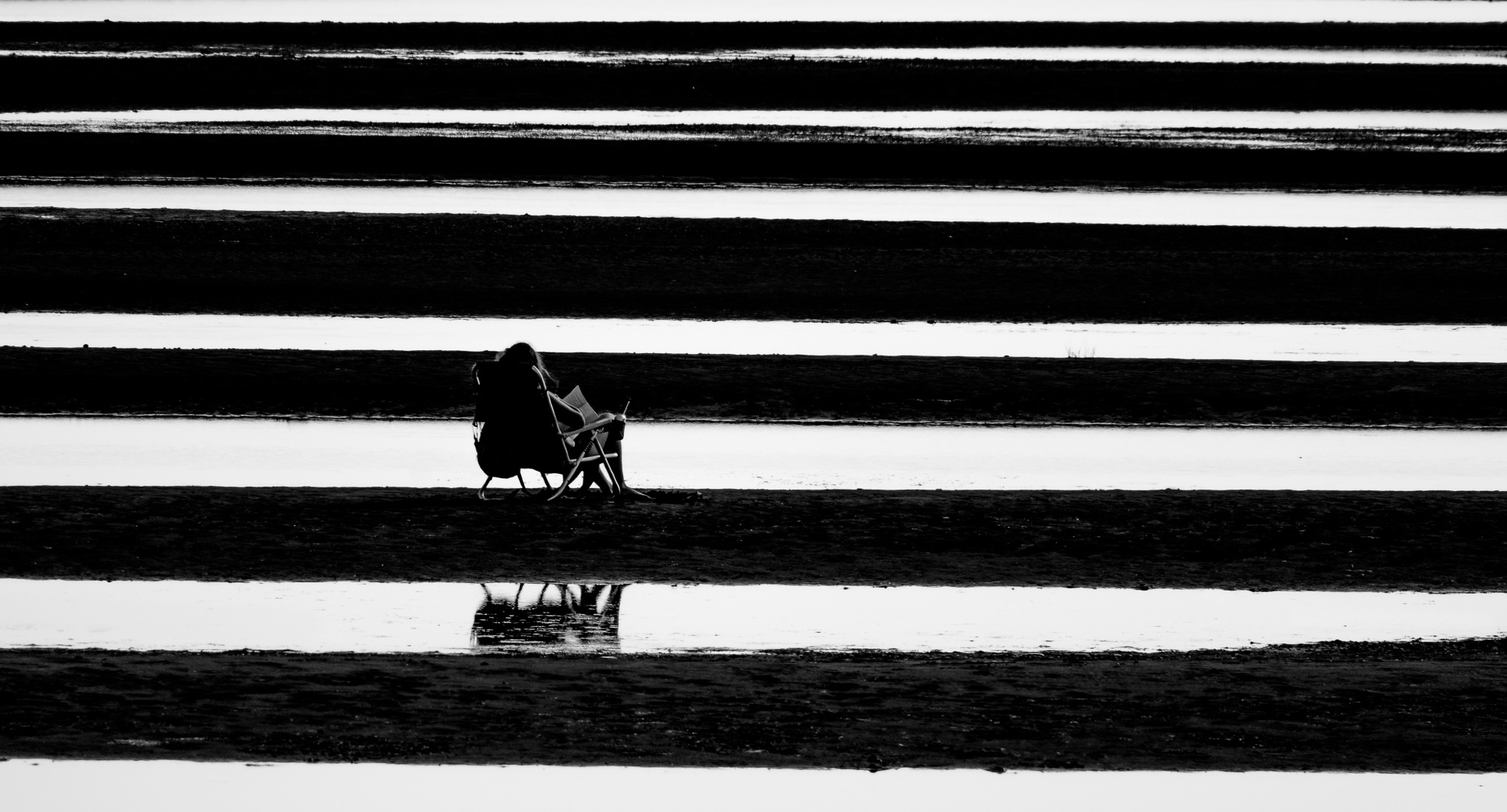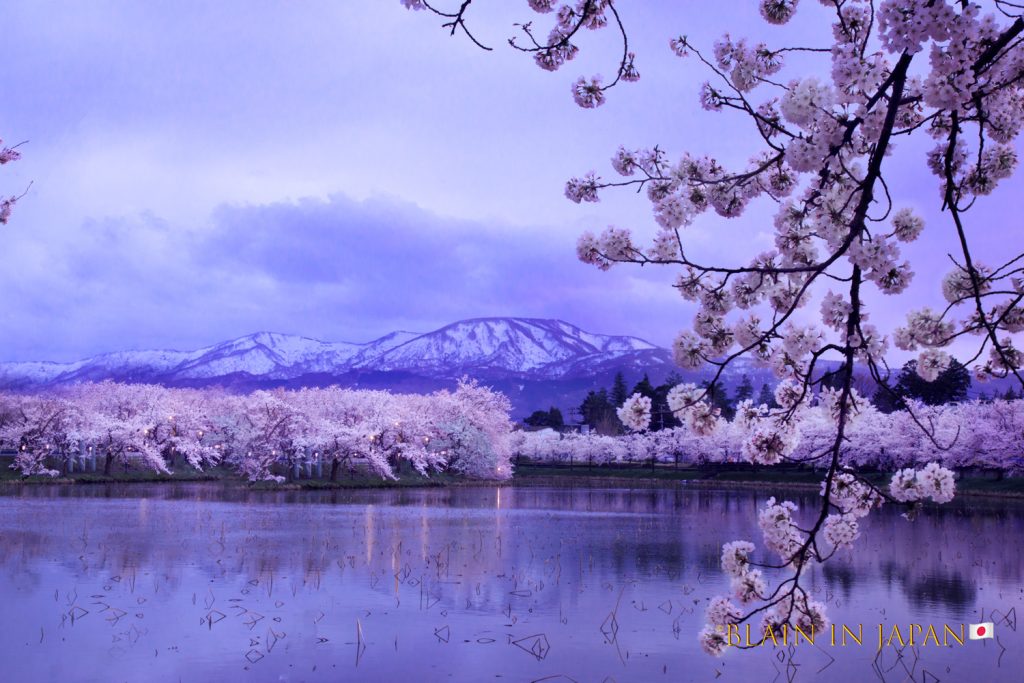I started pursuing photography as a serious hobby in 1999. After wetting my feet with a few dozen rolls of print film and getting lack lustre prints from the lab, I decided to try out slide film – the one that folks at National Geographic were using. I shot my first roll of Fuji Provia at the rose garden in Santa Clara University. When I got my little box of processed and mounted slides, I laid them down on the light table at the store and peered at them with a loupe. I have never quite recovered from that visceral shock of seeing razor sharp images with rich saturated colors back-lit by a sea of white light.

Over the next 5 years, I shot thousands of rolls of slide film. I was a ruthless editor of my work. When I got back processed slides from a shoot, I kept a trashcan next to the table as I scrutinized them one by one on a lighbox and loupe. Out of a roll of 36, I usually kept just 4 or 5 and trashed the rest. I learned the constraints imposed by slide film by trial and error. Over-expose by half a stop, and your highlights are shot. Under-expose by half a stop, and your shadows are muck. Over time and repetition of a great many mistakes, I learned to judge a scene, and set an exposure to fit the narrow dynamic range of the slide film I was using. I used a tripod and mirror lock-up to get sharp slides. I learned the tricks of using a graduated neutral density filter and fill flash. I studied photos in National Geographic, especially ones by Galen Rowell, Sam Abell and Steve McCurry, researched the kind of film and techniques they used, and tried to emulate them. I rarely got it all right. But every once in a while, I would, and it was a thrill to see a perfectly exposed slide in the midst of all its dull brethren destined for the trash can.
I stored slides in archival preserves in file folders, and viewed them only on my lightbox with a high quality loupe. I never projected them for fear of damaging them. I showed them off to my friends in the same way. For printing, I sent out the slides in a mailer to a company that made type-R prints. They did a wonderful job in matching the slide to the print, and I still cherish the few prints retained from those days.
I was vaguely familiar with Ansel Adam’s advice on “Image Management”, and the the interplay of pre-visualization, choice of camera/lens, perspective, exposure, and post processing in making a photograph. But some how, I always felt guilty about cropping an image. I was inspired by the compositions of Henri-Cartier Bresson who insisted on not cropping any of his images. With slide film, there was no post-processing – what you get is what you captured on camera. But this pressure led to greater awareness while making a photograph. The ultimate result was better technique and better results.
My first step towards digital was when I decided to share my photos on the web. I bought a 4000 DPI slide scanner for this purpose and discovered that I had just opened a new can of worms – Color Calibration. The scans didn’t exactly look like the slides, and they didn’t look the same on 2 different monitors, either. That’s also when I learned the phrase “unsharp masking”. Scanning led to a whole new learning process. Now that I had digital scans of my slides, I tried to print them digitally, thus added printer calibration to the list of my woes.
Then came the real digital revolution – digital SLRs were dropping in price daily, and by 2004, the pressure had built up too much to ignore. The touted advantages of instant feedback and cost savings on film and processing were very enticing. But what made the decision for me was the promise that I wouldn’t need to throw away 10 minutes of my life per slide in the scanning process. The complete switch to digital came with its own learning curve. Ansel Adam’s phrase “Image Management” took on a new meaning with software like Lightroom, and the endless internet debates about cropped vs. full sensor, digital resolution, RAW vs. JPG, etc. ensued.
By now, I have used digital capture for more number of years than slide film. For nostalgic reasons, I recently dusted off the plastic covers and took out my slide collection that has been in storage for the past 8 years. But I didn’t even have a lightbox anymore. So, as a testament to the insanity of the digital revolution, the solution I came up with was to lay my sheet of slides on a “Flashlight” App (for the white backlight) on my Apple iPad and view them with my loupe. I was once again presented with the magical experience of seeing my first slides in 1999. I was also intrigued by a colorful “grid background” I saw in my slides, which I soon realized was a highly magnified view of my iPad’s screen pixels.
Nostalgia aside, I have been thinking about what exactly happened in the switch from Slides to Digital. I have realized that what I have lost in the transition is discipline, and what I have gained in the process is confusion.
The limited range of slide film combined with the cost and practical difficulties of carrying film led naturally to a workflow where I paid attention to every single frame that I was capturing. With digital, I have become sloppy. I can fix it in post processing – whether it is exposure (thanks to “RAW headroom”) or framing – crop with a few of clicks of the mouse. This has undoubtedly led to a lower quality of photographs.
With slides, there is a “master” – when in doubt about a digital scan or a print, put the slide on a lightbox and compare. Now, with RAW, you have a digital negative – the “score” waiting for your “performance”. You can correct exposure, correct color, convert it to Black & White, and even simulate film grain. ISO means nothing – unless of course, an ISO of 12800 means something to you. To some, infinite choice means infinite freedom. To me, this kind of choice has led to confusion and less freedom.
This situation makes me think about any artistic medium and the constraints that it imposes on the practitioner. Does a pencil artist feel “constrained” compared to an oil painter? Is someone who walks around with a camera and fixed focal length more “constrained” than one with a zoom lens that covers all possible focal lengths? I think the answer is that as long as you understand and accept the constraints of a medium or a workflow, it actually frees up your mind to focus on the essentials – the art, so to speak.
Below is a portrait I captured in 2000, shot on Kodachrome 64 slide film using a Leica M6 and a 35 Summicron. The scan does not quite look like the slide, but at least I know what it’s supposed to look like. The slide is so sharp that you can see the embers in the cigarette clearly with a loupe.

Here is one of my first digital portraits taken with a Nikon D70 and a 18-70 lens. On the left is the image straight out of the camera. In the right is one of the many possible “performances” of this image.
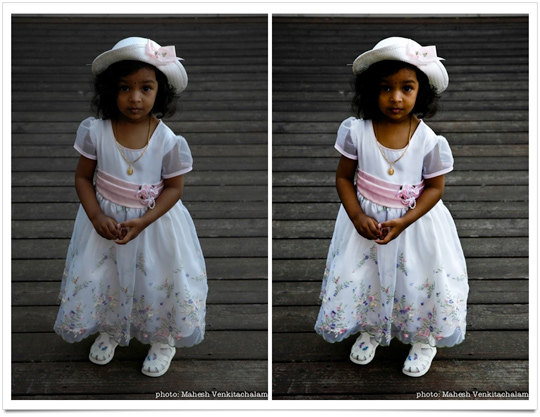
In conclusion, I know and accept that for better or worse, I am stuck with digital photography. From a cost and convenience perspective, I can’t imagine going back to film of any kind. But I do hope to remember and practise the one valuable lesson I learned from slide film – accept constraints and focus on essentials.
So here is a toast to slide film: A tough Master, but a great Teacher. I am a better photographer because of you.
March, 2012
Mahesh Venkitachalam
http://www.flickr.com/photos/tat-tvam-asi
Read this story and all the best stories on The Luminous Landscape
The author has made this story available to Luminous Landscape members only. Upgrade to get instant access to this story and other benefits available only to members.
Why choose us?
Luminous-Landscape is a membership site. Our website contains over 5300 articles on almost every topic, camera, lens and printer you can imagine. Our membership model is simple, just $2 a month ($24.00 USD a year). This $24 gains you access to a wealth of information including all our past and future video tutorials on such topics as Lightroom, Capture One, Printing, file management and dozens of interviews and travel videos.
- New Articles every few days
- All original content found nowhere else on the web
- No Pop Up Google Sense ads – Our advertisers are photo related
- Download/stream video to any device
- NEW videos monthly
- Top well-known photographer contributors
- Posts from industry leaders
- Speciality Photography Workshops
- Mobile device scalable
- Exclusive video interviews
- Special vendor offers for members
- Hands On Product reviews
- FREE – User Forum. One of the most read user forums on the internet
- Access to our community Buy and Sell pages; for members only.






